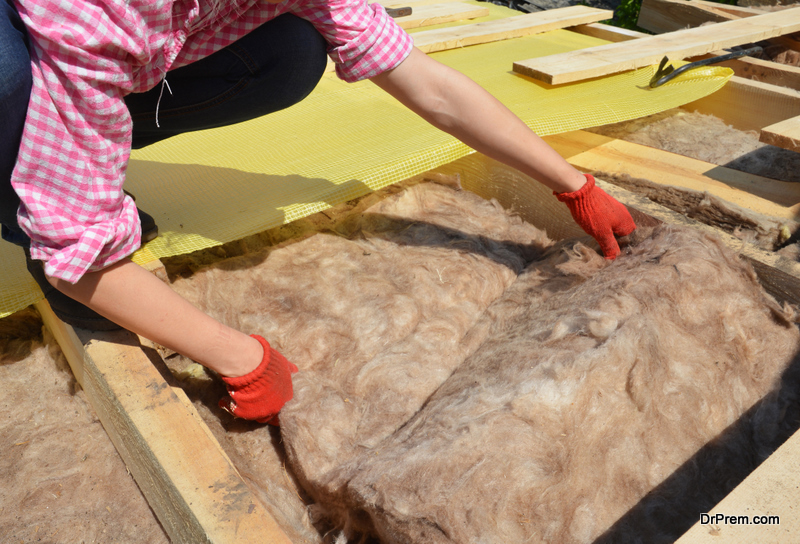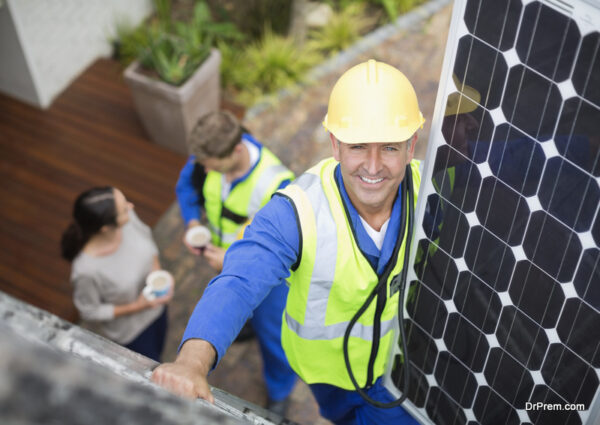Building a house can be an extremely costly and time-consuming process. However, it doesn’t have to break the bank or take up too much of your time. If you’re on a budget and limited on time, here are some tips for building eco-friendly houses that suit your needs and work within your schedule.
1. Recycle and Repurpose

When you decide to organize a closet or another room, reuse whatever you can to make it cost-effective. One of the most common ways to build eco-friendly houses is to repurpose and recycle.
The best part about recycling is that you don’t have to go out and search for it; most things are recycled right in your own home. Your kitchen is a great place to start since it has so many different materials lying around: paper towels, cardboard boxes, tin foil, plastic wrap and containers, egg cartons, and cereal boxes are all readily available in your kitchen.
Look around the house for materials like glass bottles and jars that you can turn into light fixtures or use as vases. Also, any kind of barn door hardware is very durable, and you can reuse it.
Another great tip is to reuse items from your past trips and vacations. Be sure to keep any reusable food containers such as plastic yogurt cups, apple sauce tubs, or leftover take-out boxes.
2. Research the Scope of Your Project
Building an eco-friendly house is a wonderful way to create a healthy space for your family. However, it’s important to research the scope and requirements of what you’re building before beginning.
You can always check out Design Buzz for recent architectural concepts and design trends that are eco-friendly. For example, if you want to build an entirely off-the-grid house, you’ll need to factor in the costs of using solar panels or other renewable energy sources. Also, make sure you check with your town’s zoning regulations before beginning construction to avoid running into legal issues.
3. Choose Local, Eco-friendly Materials

You can help the environment by minimizing your carbon footprint, reducing the amount of plastic you use, and supporting local businesses in your area.
When you choose to build with eco-friendly materials, you are being kind to the planet and helping it to heal from the damages that traditional building materials can cause. For this reason, many architects and homeowners alike consider going green to be a moral imperative.
Another reason is value. Eco-friendly houses tend to hold their value better than those not built with eco-friendly materials. This means that if you choose to sell your house in the future, you will likely get a higher price than if it wasn’t built with eco-friendly materials. You can also save money on utilities if your house is energy efficient, which is true of many eco-friendly houses even before they go green.
4. Keep Your Energy Use Down
When building eco-friendly houses, it is important to keep energy use down. The US Department of Energy states that 40% of the country’s electricity is used to power homes, which is lost in inefficient home design. By making your house more efficient, you can not only save yourself money, but you can also contribute to keeping the environment safe for future generations. When making your house eco-friendly, make sure you consider all aspects of efficiency. If you’re unsure where to start, there’s no better source than the US Department of Energy.
5. Work on Insulation

It is important to consider insulation details and their importance when building an eco-friendly house. Insulation is an important aspect of keeping energy efficient, especially in colder climates, since insulation keeps the heat inside and reduces the cost of heating in the long run. Homes constructed today are more energy-efficient than ever, thanks to improvements in new building materials and techniques that have been developed over the last ten years.
Green builders tend to use natural products for insulation since they are plant-based and environmentally friendly. The three natural materials commonly used for home insulation are fiberglass, cellulose, and cotton. When constructing an eco-friendly home, look for a builder who understands how to build with materials that help insulate your home. Not only will it save you money on energy costs, but it will also help you improve the quality of air in your home.
As mentioned before, solar energy applications in everyday life are growing rapidly. Therefore, you must do your part to protect our planet from further damage by trying out new ideas and methods for building eco-friendly houses.
Article Submitted By Community Writer




